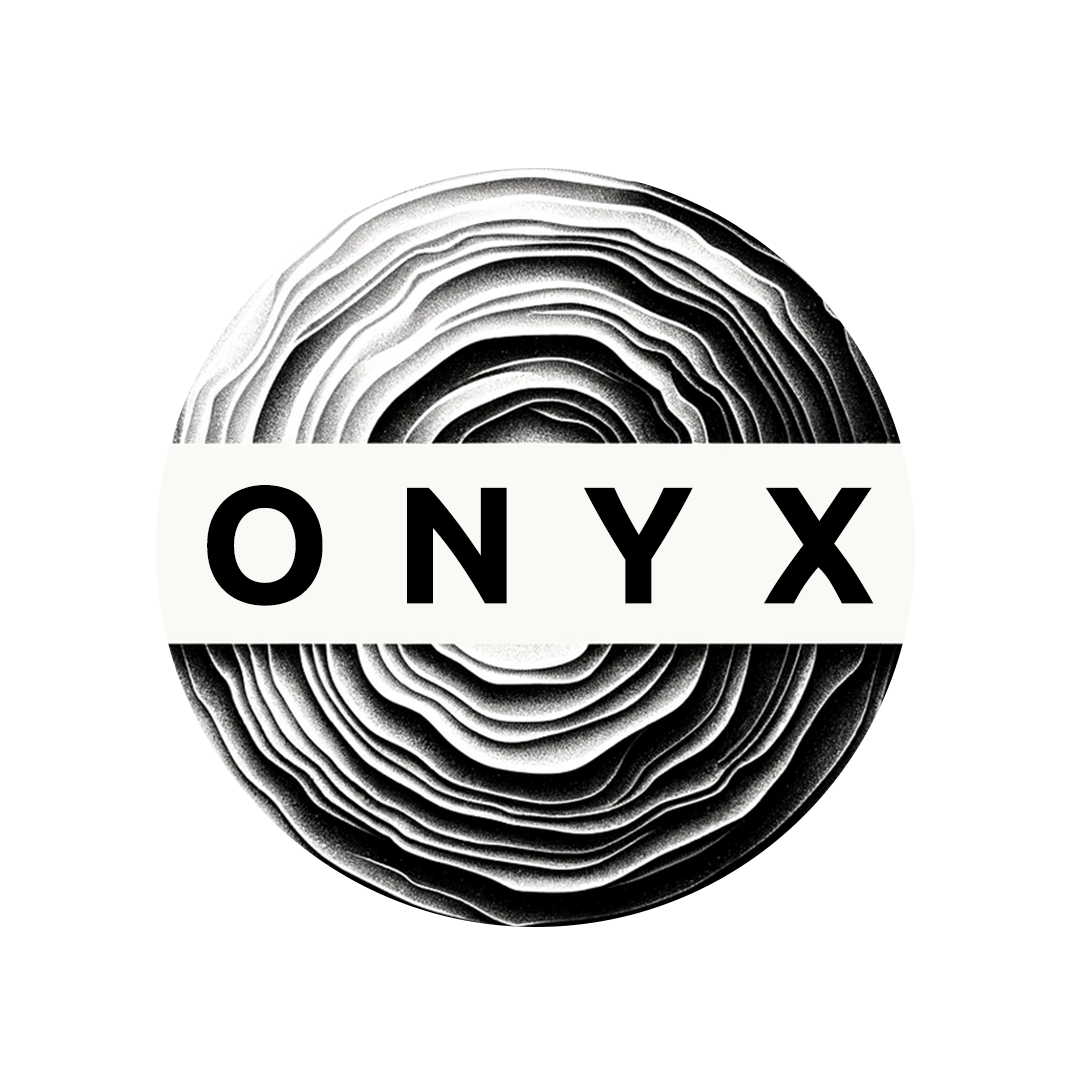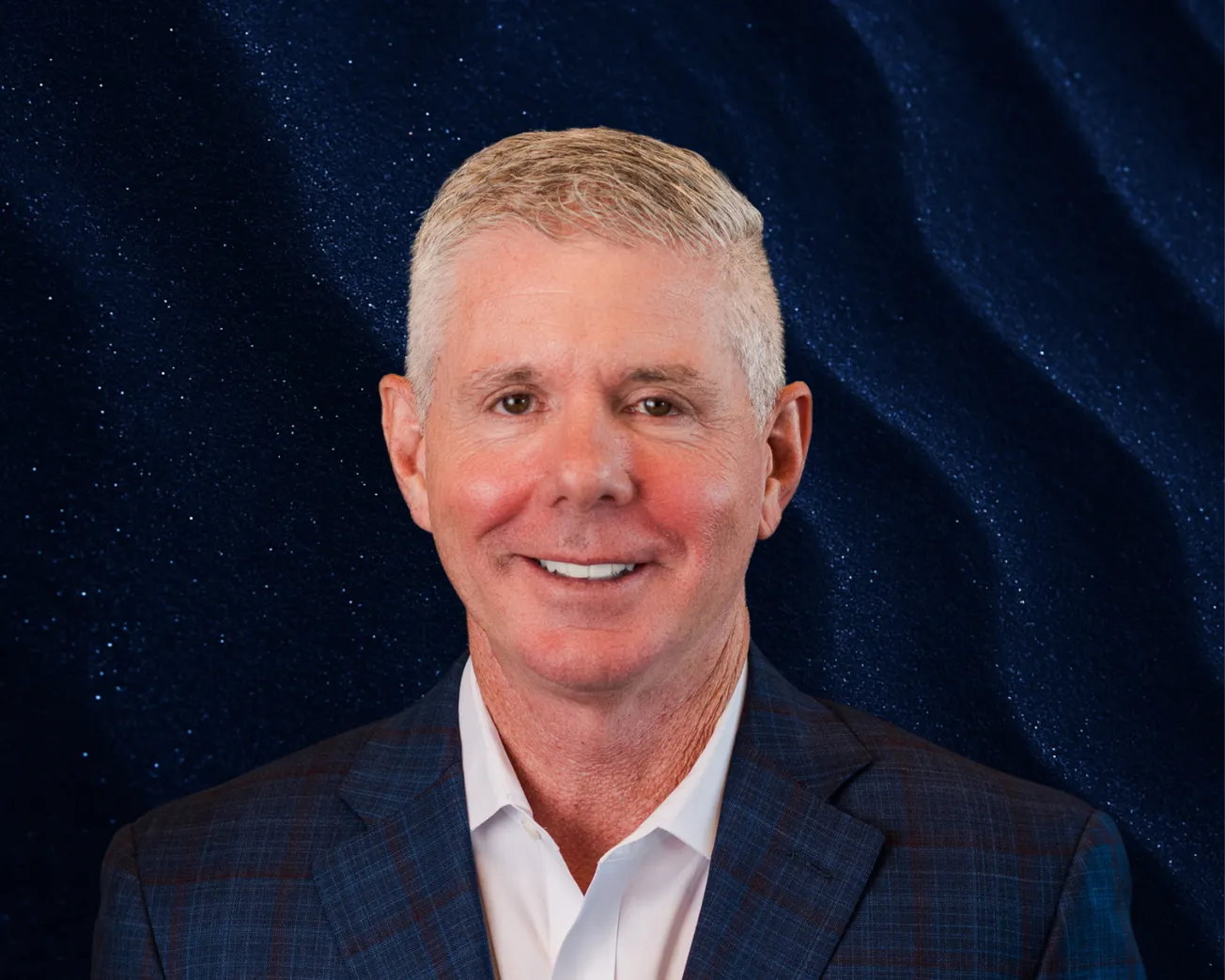Table of Contents
Tiffany Yeh, CEO of Eztia, sat down with Onyx for a feature-length interview.
Could you walk us through your career so far and what led you to become CEO of Eztia?
So, my background is - I grew up in Taiwan, and spent the last 12 years or so in the US. I started in material science at MIT, then spent a year doing BD and licensing in the pharmaceutical industry at Novartis. After that, I completed medical school at the University of Pennsylvania. Throughout that decade or so, I did a lot of global health field work - across Asia, Africa, Latin America - living out of a backpack or a suitcase.
I was often in very hot places without electricity, air conditioning, etc. I would personally overheat, and thought about it for many, many years.
At the end of med school, I was very torn in that I loved being in the operating room - I thought I wanted to be a surgeon, but I wasn’t 100% sure. So I started this classroom project on the side, thinking about how we could develop a wearable cooling technology that is super easy to use in the field. That ended up becoming the material that is the basis for Eztia, today. I graduated, but canceled residency so I could turn this idea into Eztia.
What exactly is Eztia’s product? Is it the material, or are you also selling the garments?
We have a proprietary cooling material - that’s our underlying technology - and we integrate that with textiles to turn it into apparel-based products.
The material itself is basically a floppy gel. You put it on something warm, such as the human body, and it uses a heat transfer to evaporative cooling mechanism. It absorbs body heat and then dissipates that body heat into the environment by evaporating water out of its gel matrix. What’s important to know is the gel is dry to the touch, super lightweight, and super conformable. That’s what gives it a great user experience, but it’s also really easy to use.
The way you recharge it, in between cycles, is by soaking it in water - like a coffee mug’s worth of water or a couple hundred milliliters.
So what does that mean in terms of a product? We print the gel onto textiles in different patterns and then cut and sew those into garments. It could be a shirt, a headband, arm sleeves - you name it. A construction worker, for example, can wear an arm sleeve over the course of an entire day. At the end of their shift, they throw it in the laundry, hang dry it, and wear it again the next day. It starts all over.
Are you targeting the mass market or focusing on industry use cases?
Where we are today is working with what I call commercial worker safety enterprises - construction companies and shipping ports, among others - to serve workers in particular. We also see some applications for public safety agencies. For example, the Home Team - which is like the Department of Home Affairs in Singapore - we’re working with their police officers and immigration officers.
That said, we see that as an entry point into serving the broader population in everyday life - like everyday sport. We’re starting with organizations, but we can then democratize it to everyday apparel.
How advanced are you in terms of regulatory approval and go-to-market?
The great thing about our technology and product approach is that it doesn’t require regulatory approval! It’s more like a consumer health product, as opposed to a medical device. So we’re actively on the market today, working with early customers.
We’re excited that we can serve people much more quickly but still be efficacious. The material absorbs body heat and reduces heat stress, extending people’s operating span before they develop heat-related illnesses.
That water-only recharge makes it sound incredibly sustainable. But what’s the environmental footprint, more broadly?
Yeah, I’d highlight two things. First, the active cooling component is completely electricity-free. We use minimal resources, like a little bit of water. So that cuts a ton of electricity-related costs and footprints.
The other aspect is the biocompatible, non-toxic nature of our gel. It’s very environmentally responsible. Nothing is released into the environment, and it’s reusable for quite a few cycles. Moreover, it’s composed of common chemical reagents - the end combination is novel and innovative, but everything that goes into it is designed to be made from common chemical sources. That’s what makes it really affordable, as well.
What’s the expected lifespan of the product? Can garments be reused?
Right now, we’re looking at a product lifespan of anywhere between six months and a year - basically lasting an entire heat season. The material is quite durable across all of those uses, but any product is subject to wear and tear. That’s why we give that “at least a heat season” lifespan estimate.
What does the future hold for Eztia? Are you still focused on R&D, or are you thinking about scaling globally now?
We’re definitely focused on market expansion. What’s pretty unique about our company is that we’ve been pretty global in footprint from the start. Our first customer was Kajima Construction in Japan. Our second was back in the US - Muller Construction Supply in California. And, now, we’re onboarding with the police force in Singapore.
You’ll see we’ve already got strong footholds on two continents and are looking forward to expanding from there.
Are there other use cases you’re looking at beyond garments?
So many ideas come to mind! First, in the garment space - we’re getting into athletic wear. Everyday people could really benefit from it.
Outside of that, we’ve received a lot of questions and enquiries from women's health and more medical-based areas - people suffering from sensitivity to heat and thermoregulation. One day, we look forward to delivering not just garments but other form factors for those use cases.
What kind of feedback are you getting from customers?
Actually, I’ll tell you a funny story…
Way back in the day, before we made garments, we made patches. Just imagine a gel in the form of a patch that you’d put on your body. It was Kajima who gave us the idea of turning it into a garment. They were like, “We love the material, but we don’t love the feeling of something sticking to us, because we’re moving a lot and working. Can you make us a shirt?” And that’s how we ended up making a shirt.
And the funniest thing? Other customers started taking the patches and putting them on their phones and laptops, because their devices would overheat in the field! It helped dissipate the heat from their devices. That’s a great example of your customers unlocking the next step for you.
Any advice for entrepreneurs building new sustainable tech?
I would say stay really close to the end user and consider them your design partners. Something that was really helpful for us was being able to iterate the design of the material really closely with our early customers. They gave us tight feedback loops, and we could improve the product really quickly and get to market with something that was already validated by them.
Have those users been testing efficacy as well?
Yes! Kajima, for example, took thermal camera guns and shone them on the shirts throughout their workers’ shifts. They did that completely independently of us. We ended up getting the same data! For instance, the temperature of the skin in contact with the covered surface drops 10 degrees Celsius within the first two minutes of application - and that’s sustained for six to eight hours over the entire shift.
It’s been really validating for users to take their own measurements and, literally, see the same kind of temperature reduction that we are seeing too.
What are you charging?
We’re selling them as garments, and they’re priced similarly to an apparel item that you’d find on the market - something like Under Armour or Nike. That’s in pretty high contrast with all the battery-powered wearables out there. Those tend to be a couple of hundred dollars to start with, and we’re offering a regular t-shirt - but, obviously, one that has actual cooling technology in it.






